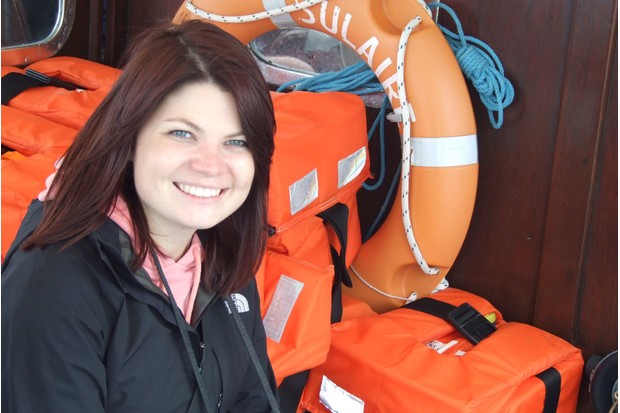Scientists from an American university and conservation agencies are on an arduous expedition to a remote volcano in the Galápagos Islands to look for examples of rare giant tortoises, some of which they know carry the genes of two species that were believed to be extinct.
Dr James P Gibbs, who is one of the members of the exploration team to Wolf Volcano on Isabela Island, is a conservation biologist at the SUNY College of Environmental Science and Forestry (ESF) in Syracuse, New York.
Before he left, he said the aim is to return with some of these tortoises to breed in captivity and hopefully re-establish the two species that were thought to have been lost forever.
The team departed Nov. 18 for a trip to Wolf Volcano on Isabela Island.
“Our team from the Galápagos National Park Service, Yale University, and the Galápagos Conservancy discovered a small trove of extremely unusual tortoises on the remote Wolf Volcano on the northern end of Isabela Island,” said Gibbs.
“There are actually thousands of tortoises native to the volcano there — we don’t know how many — and amongst them are some rather special ones.”
Scientists speculate that these tortoises are descendants of animals left on Isabela Island by whalers, who not only collected huge numbers of tortoises for food on their voyage, but also deposited others in various locations to serve as a living larder for future sailings.
The tortoises at Wolf Volcano are thought to be descendants of species of tortoises that are extinct on their native islands of Pinta and Floreana.
The last known living Pinta tortoise was the famous Lonesome George who died in 2012 and left no descendents, despite scientists' efforts to find him a mate.
Floreana tortoises have not been seen for more than 100 years – Charles Darwin was the last person to record them.
Now, recent discoveries of the population living on the volcano might prove that George was not the last of his kind.
“We don’t know yet," said Gibbs. "There may well be some pure Pinta tortoises on Wolf Volcano. But there are certainly hybrids.
"Rescuing as many of these as we can find, breeding them in captivity and releasing their offspring back to their native islands starting in five to 10 years will enable jumpstarting the process of evolution, letting natural selection recreate these species once they are back out on their islands.”
Once re-established, the tortoises will serve as ecological engineers, dispersing seeds and browsing as well as shaping the vegetation as they move around the landscape.
They can help restore an ecosystem that has been degraded by species such as goats that were introduced to the islands by humans.
This long-term restoration project will be initiated by the Galápagos National Park Service in mid-November.
